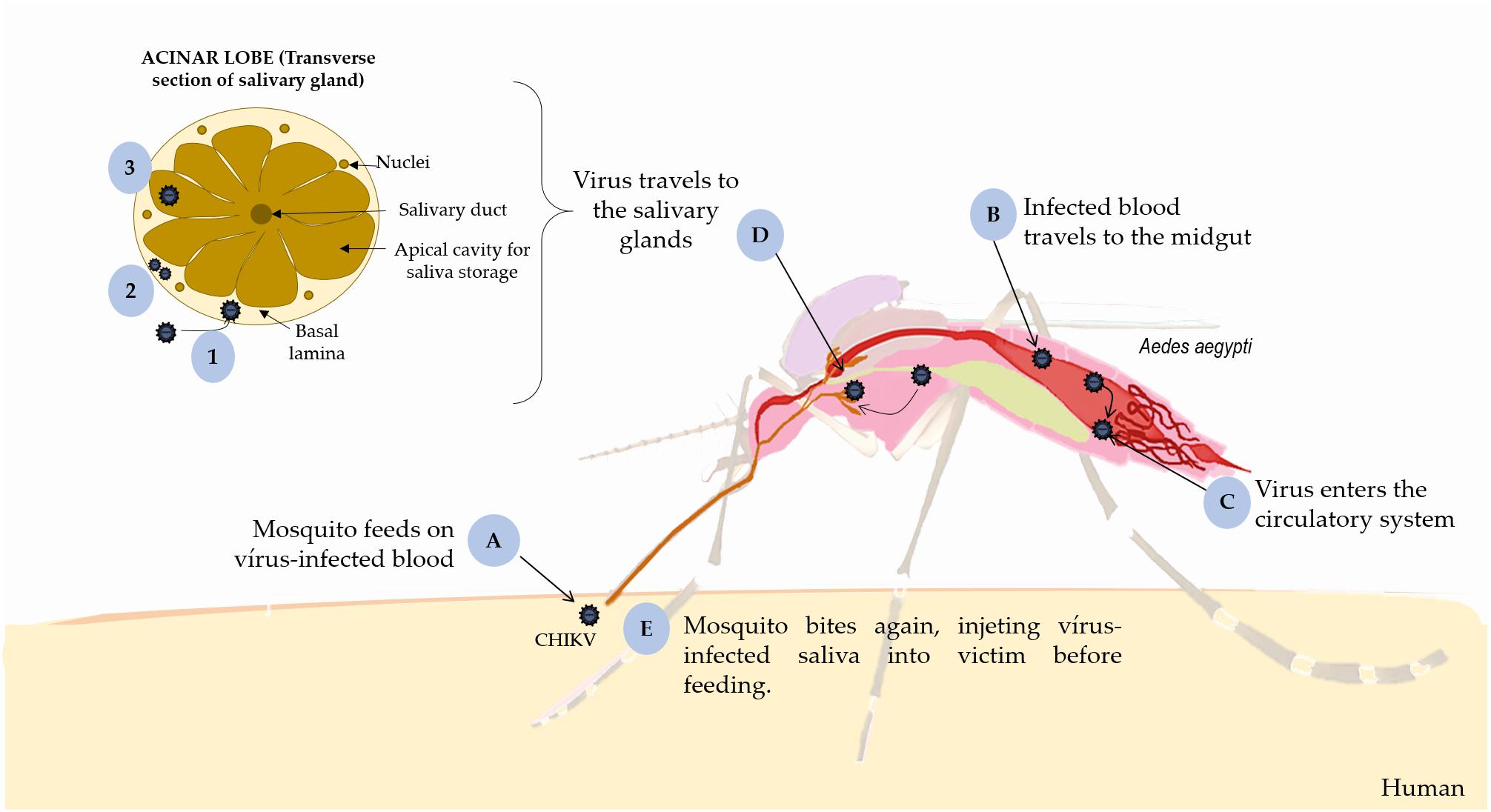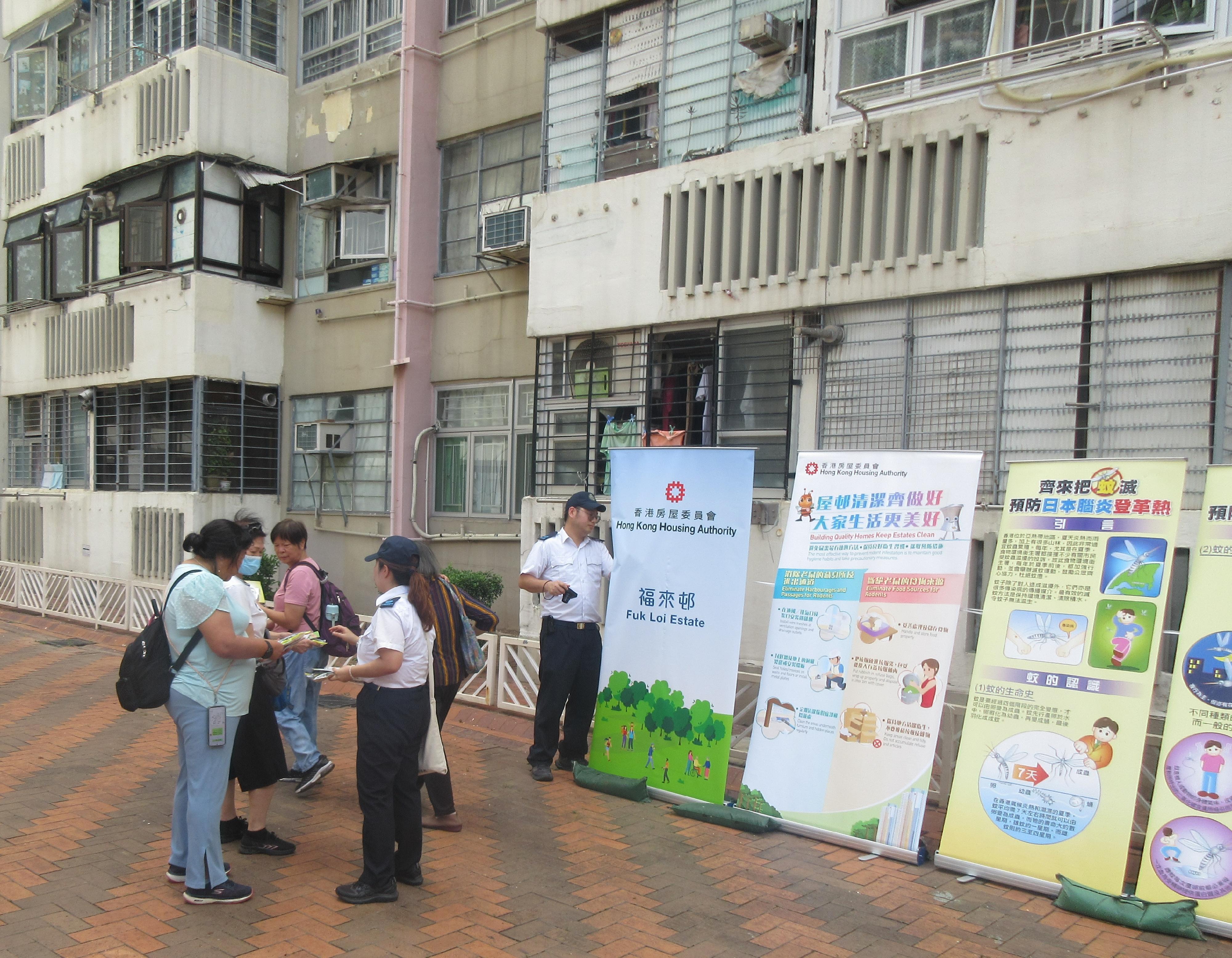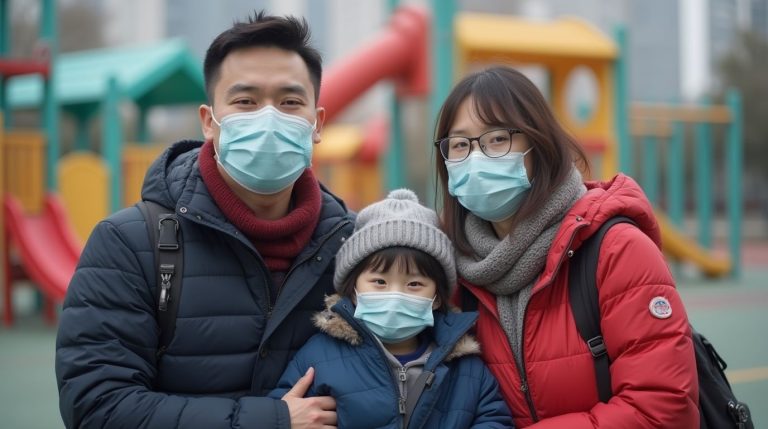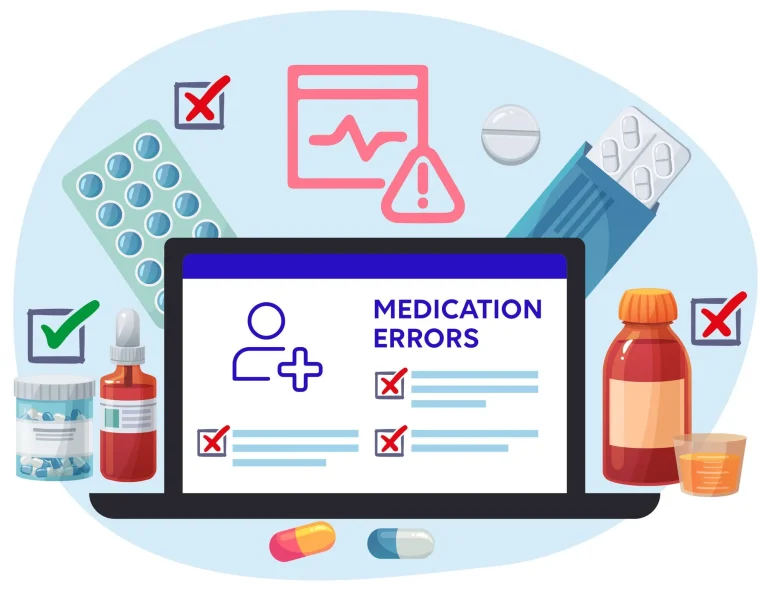Hong Kong is facing a critical public health challenge as chikungunya fever begins to spread in the Wong Tai Sin district, prompting urgent action from local authorities. The outbreak started with the city’s first local case on October 25, involving a resident of Fung Tak Estate, and quickly escalated with three confirmed cases by October 27.
Chief Executive John Lee Ka-chiu has taken the situation seriously, emphasizing the government’s commitment to mosquito eradication and public awareness. The newly established steering committee from the Environment and Ecology Bureau is coordinating comprehensive inter-departmental efforts to combat the disease’s transmission.

Chikungunya fever, transmitted primarily by Aedes mosquitoes, presents significant health risks. While rarely fatal, the disease can cause debilitating symptoms including fever, joint pain, and prolonged fatigue. The dense urban environment of Wong Tai Sin makes prevention and rapid response crucial to preventing wider spread.

The Food and Environmental Hygiene Department (FEHD) has implemented aggressive containment strategies, including intensive fogging operations within a 250-meter radius of patients’ residences. They are also focusing on eliminating potential mosquito breeding grounds by clearing stagnant water and targeting high-risk areas.
Recognizing the importance of community involvement, authorities have been proactive in public education. An online health seminar on mosquito-borne disease prevention recently attracted over 4,000 participants, demonstrating growing public awareness and engagement. Vulnerable institutions like schools, elderly centers, and childcare facilities have received specific guidance on implementing mosquito prevention measures.
Secretary for Environment and Ecology Tse Chin-wan has personally visited Wong Tai Sin to oversee mosquito control efforts, underscoring the government’s hands-on approach to managing the outbreak. The collaborative strategy involves multiple government departments working in concert to protect public health.

Residents, particularly those in Wong Tai Sin, are urged to take personal protective measures. Recommended actions include using mosquito repellent, wearing long-sleeved clothing, and ensuring no stagnant water accumulates around homes. These simple steps can significantly reduce the risk of mosquito bites and disease transmission.
The current outbreak highlights the ongoing challenges of managing mosquito-borne diseases in densely populated urban environments. While the number of confirmed cases remains low, authorities are maintaining vigilant monitoring and are prepared to intensify prevention efforts if necessary.
As the situation continues to develop, Hong Kong’s comprehensive response demonstrates a proactive approach to public health. By combining government intervention, community education, and individual precautions, the city aims to quickly contain the chikungunya fever outbreak and minimize its potential impact on residents.
Residents are encouraged to stay informed, follow official guidance, and participate actively in prevention efforts. Continued cooperation between government agencies, local institutions, and the public will be key to successfully managing this emerging health challenge.













